Features and types of brass instruments
Simply put, brass instruments are "rappa" (Japanese slang for trumpet). I think everyone has also seen an instrument with a long tube wrapped around it. It looks like some instruments will be about 3 meters in length when you extend the tube. The piston and lever change the way of the breath which was blown into the long pipe moves. By pressing this you can adjust the air intake tube and change the scale
There are three pistons in the trumpet you know (some have four). The combination of the pistons changes the air path and produces various pitches. Also, depending on how you use your lips, you will be able to make different sounds by pressing the same piston. The trombone has no piston or lever, but it changes the pitch by sliding a tube.
~ Typical Brass Instruments ~
-
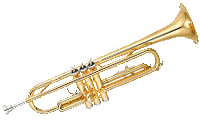
Trumpet
It has a particularly noticeable tone among wind instruments. The glamorous and bright tone is a musical instrument that remains inyour ears you hear one played. Often in charge of the main melody, active in various genres.
-
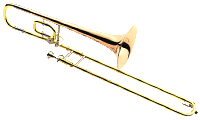
Trombone
Extend the slide and adjust the pitch. Sometimes they play a harmony and sometimes a solo part. It has a wide variety of tones, and the playing style is also dynamic.
-
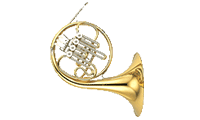
Horn
In charge of the role of harmony, it is an instrument is often played two or four at the same time. It has an intermediate tone of brass and woodwind and is used in the standard formation of woodwind quintet.
-
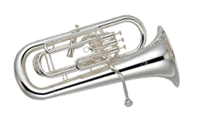
Euphonium
It is a little smaller instrument than the Tuba. It is often used in brass band, and is in charge of everything from softness to accompaniment and melody.
-
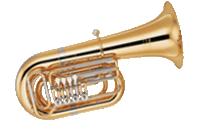
Tuba
The largest of the brass instruments, and carries the bass. The tone has a heavy weight firmly solidifying the foundation of the music and gives it thickness.













